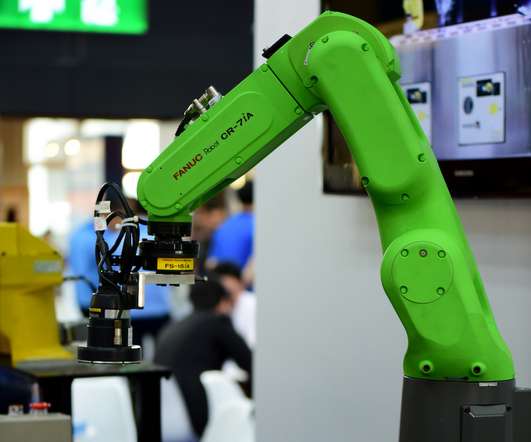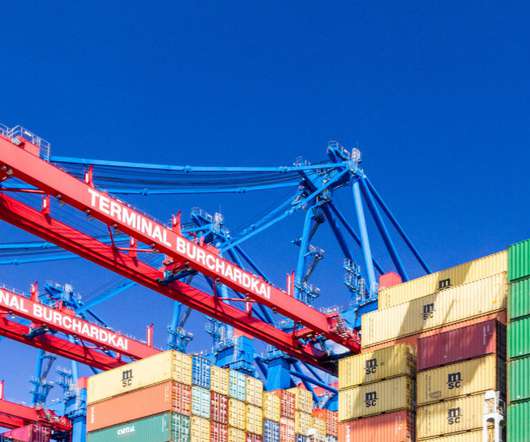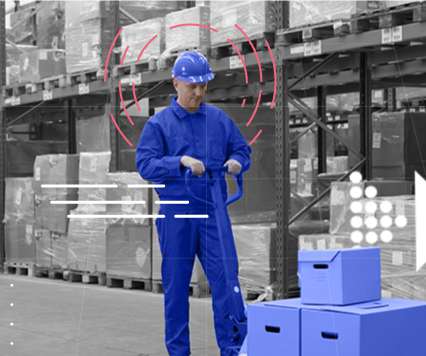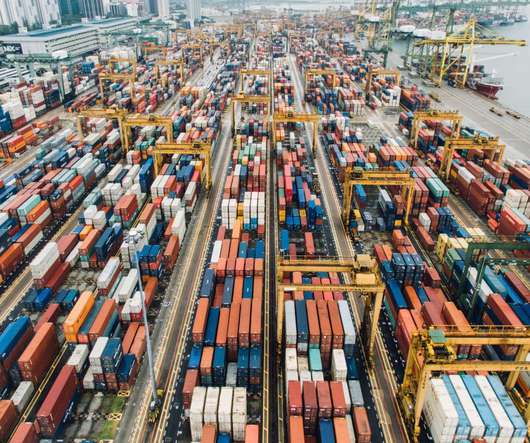5 Signs You Need Advanced Supply Chain Analytics to Make Better Last-Mile Decisions
Locus
MARCH 30, 2023
Your business needs data that reflects on-ground reality to build cost-effective plans for the final mile, and the need for advanced supply chain analytics arises here! This led him towards advanced analytics to make optimal decisions in selecting and managing players. And the numbers prove it. trillion dollars.

























Let's personalize your content